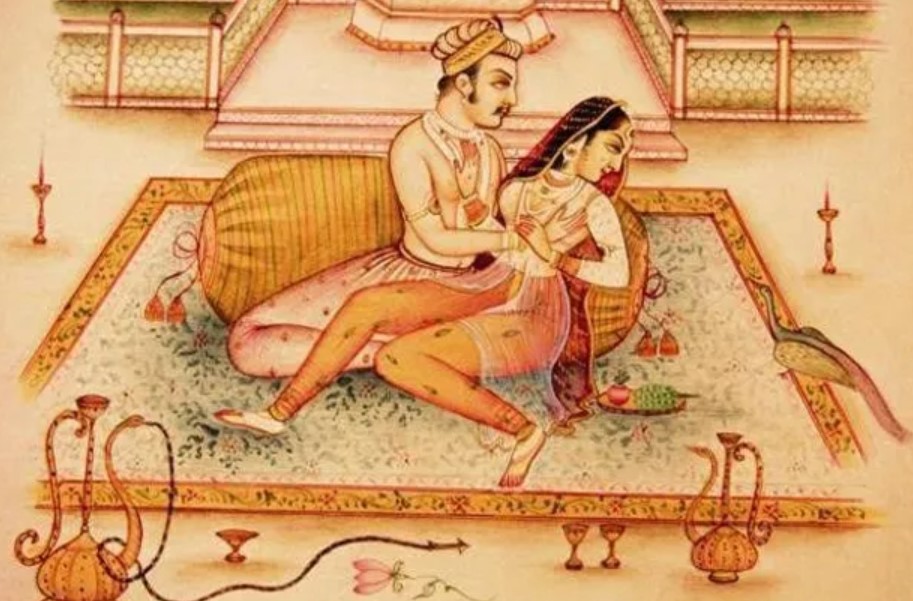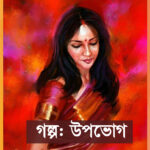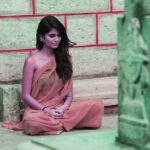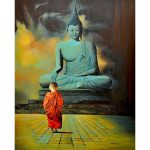The Kamasutra, often associated with its explicit content, is a much more complex and nuanced ancient Indian text that delves into various aspects of human relationships, including the different types of women and their attributes. It states that, there are 9 types of women in the world.
Written by Vatsyayana around the 4th century CE, the Kamasutra provides insights into human psychology, sexual dynamics, and social interactions. While it’s important to approach the text with cultural sensitivity and recognize its historical context, we can still extract valuable lessons from its exploration of feminine archetypes.
Understanding the Context
Before delving into the types of women presented in the Kamasutra, it’s crucial to understand that the text reflects the societal norms and perspectives of its time. Ancient Indian society was highly stratified, and the roles and behaviors of individuals were often predefined by caste, class, and gender. Consequently, the Kamasutra’s descriptions of different types of women should be viewed as cultural observations rather than universal truths.

The 9 Types of Women
In the Kamasutra, Vatsyayana outlines nine types of women, each with distinct qualities and characteristics. It’s important to note that these categories are not meant to pigeonhole women but to provide a framework for understanding human nature in the context of romantic and sexual relationships. Here’s an overview of the nine types:
Padmini: Described as a woman of exceptional beauty, grace, and charm, the Padmini is captivating and alluring. She is confident, emotionally expressive, and aware of her effect on others.
Chitrini: The Chitrini woman possesses artistic talents, often excelling in dance, music, and other creative endeavors. She is sensitive, imaginative, and seeks stimulation through art and beauty.
Shankini: This type of woman is characterized by her natural wit, playfulness, and ability to engage in witty banter. The Shankini exudes a sense of humor and can lighten up any environment.
Hastini: The Hastini woman is practical, resourceful, and hardworking. She takes charge of domestic responsibilities and is skilled in managing the household efficiently.
Shankhini: With a sociable and outgoing nature, the Shankhini woman is sociable and skilled at forming connections. She enjoys social gatherings and thrives in group settings.
Kapalinī: Known for her assertiveness and independence, the Kapalini woman is self-assured and unafraid to express her opinions and desires. She values her autonomy and seeks a partner who respects it.
Kshetragya: This type of woman is wise, knowledgeable, and intellectually inclined. She seeks mental stimulation and values deep conversations and philosophical discussions.
Dakini: The Dakini woman is adventurous and open to new experiences. She embraces change, is adaptable, and is often drawn to unconventional or alternative lifestyles.
Vishaili: The Vishaili woman is skilled in the art of seduction and passion. She understands the intricacies of desire and excels in creating and maintaining romantic connections.Applying Lessons to Modern Times
While the Kamasutra’s categorizations reflect a specific cultural context, some of the underlying qualities attributed to these types of women can still offer insights for modern relationships. The emphasis on qualities such as confidence, communication, creativity, wisdom, and adaptability can guide individuals in fostering healthy and fulfilling partnerships.
It’s important to remember that every person is a unique blend of qualities and attributes, and individuals should not be confined to specific archetypes. Just as societal norms have evolved since the time of the Kamasutra, our understanding of relationships has also evolved. Modern relationships are built on mutual respect, communication, and equality, transcending rigid categorizations.
The Kamasutra’s exploration of different types of women provides a window into the intricacies of human nature and relationships. While the categorizations presented in the text may not fully align with contemporary perspectives, the underlying qualities attributed to each archetype can still offer valuable insights for those navigating the complexities of modern romance. As we engage with ancient texts like the Kamasutra, it’s important to approach them with sensitivity, understanding their historical context while extracting wisdom that resonates with our current times.




















